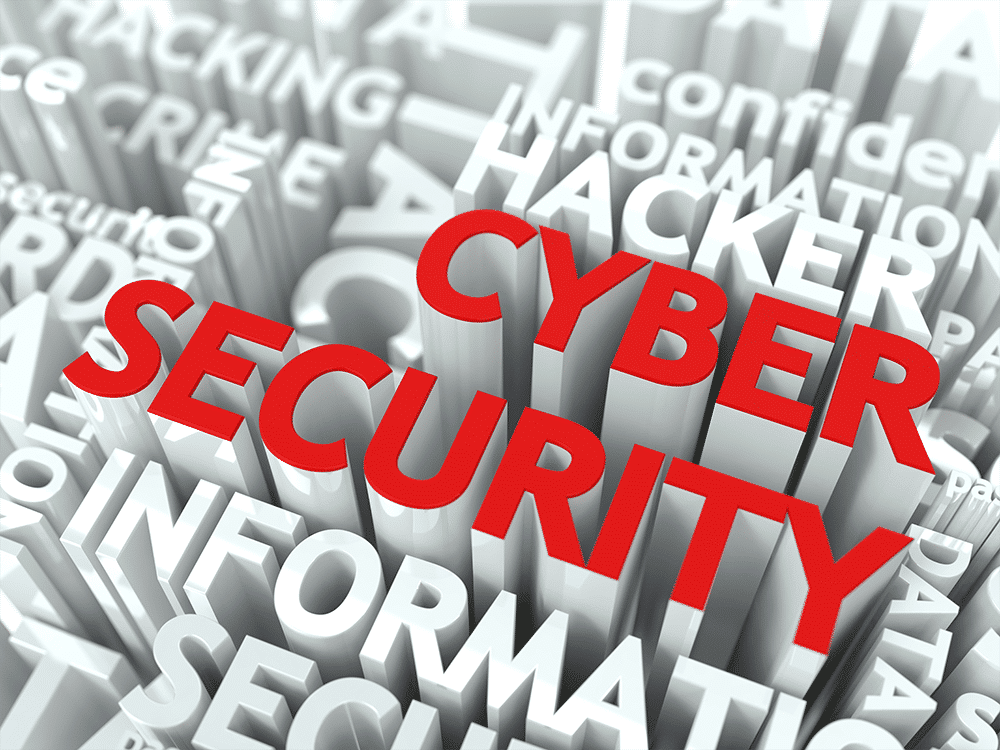Differences, Similarities, and Solutions in Critical Cybersecurity Concerns for Small and Large Companies
Cyber crime attacks are up across the board - attacking small and large companies alike. While the numbers are bloating across both spaces there are similarities and differences in their data security concerns.
Cybersecurity Concerns for Small Business
According to network security company Symantec, cyber-attacks on small businesses rose by 300% from 2011 to 2012. And they’ve been steadily rising ever since.
Small businesses are attractive targets for cyber criminals for a number of reasons:
- They often have security vulnerabilities (particularly lack of data encryption) in the cloud-based services that are popular in the small-business sector.
- They often provide a backdoor entry to larger clients and third-party vendors (and are also at risk due to their third-party vendor access).
- More than 40% of small businesses don’t have an adequate budget for cyber crime security.
- IT professionals in small businesses tend to ‘wear many hats’ - meaning security isn’t their only priority.
- They underestimate the threat… ‘we’re small - why would anyone want to attack us’.
- They often have poor password protection procedures.
- They often don’t manage admin access privileges properly due to lack of man-hours.
- They often have a single layer of network security.
Cybersecurity Concerns for Large Businesses
Security concerns are equally as grave for large-sized businesses - although they are generally bigger targets.
Large-sized businesses are vulnerable to attacks for a number of reasons:
- Device loss is rampant in large corporations - especially in the mobile sector - and these devices contain sensitive information and network access.
- Due to the sheer amount of users given access to the network, human error is often one of the biggest causes of data loss.
- Backend attacks that come from access given to small vendors.
- BYOD device policies that create difficult mobile network security.
- Challenges in fostering a company-wide environment concerned about cyber crime.
The Similarities and Differences
Each scale of business has their own set of security issues. Small businesses tend to have underfunded IT departments that simply don’t have the man-hours to create the security policies and buy the software and hardware they need in today’s malicious online environment. Larger corporations do have better funding - and therefore access to the world’s top security hardware and software. They also tend to have more staff, including multi-person teams that can make security their sole priority. But, they are bigger targets and have challenges due to the sheer size of their user base.
Despite their differences, many of their needs are the same - just on different scales. Both types of business need to focus strongly on particularly (and increasingly) dangerous areas, including:
- Mobile devices
- Cloud-based data encryption
- Employee error and user-access levels
- Third-party breaches
- Sophisticated denial-of-service attacks
- Password protection
- Layered security
Due to addressing the same issues, both sides of the business-scale spectrum are beginning to look at outsourcing their security to professionals. Professionals like ours here at Kelser are experts at creating an encrypted, multi-layered security plan and vulnerability-finding security audits. Call us today for a discussion about your network security - and vulnerabilities.




